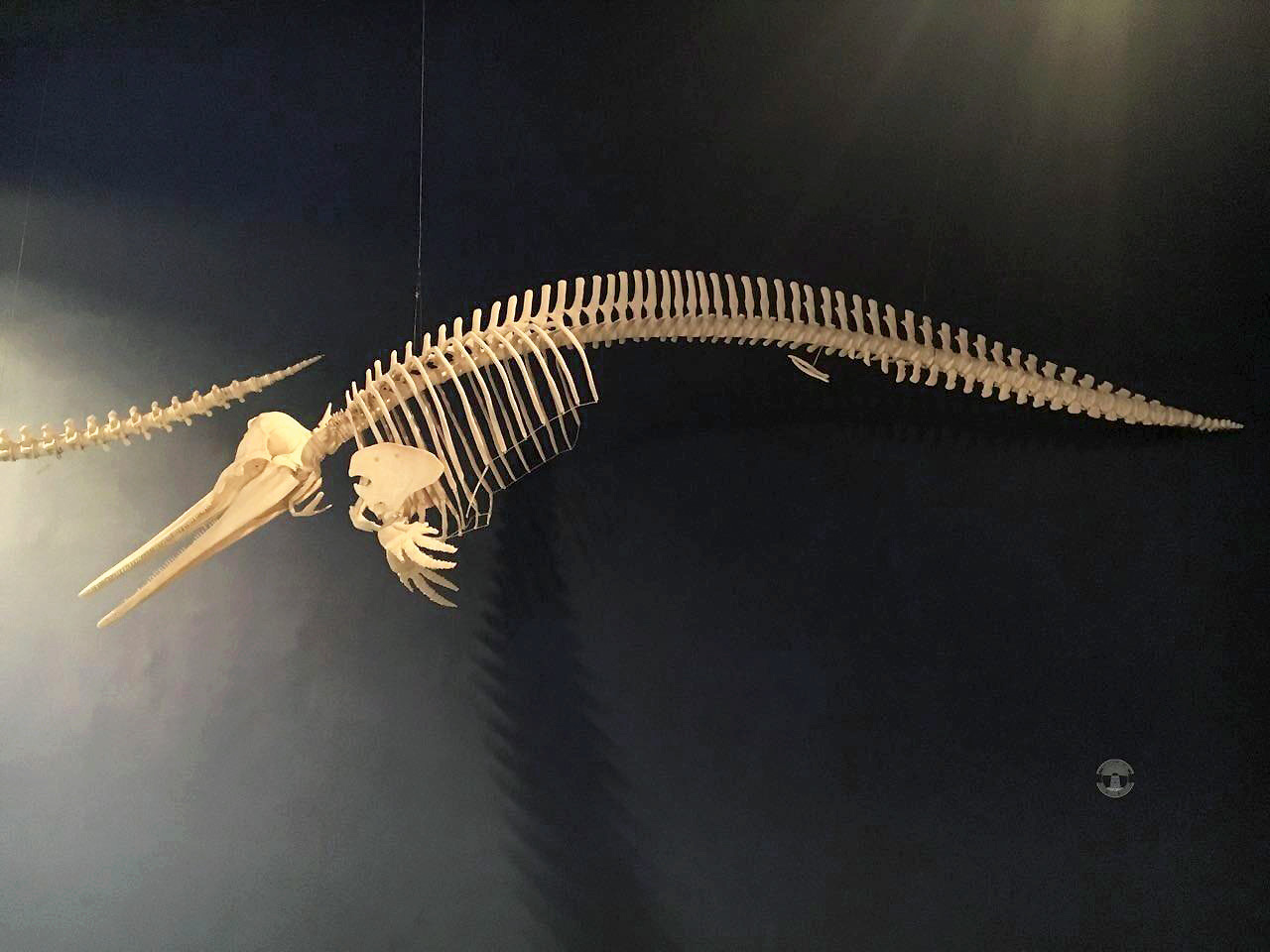

MUSCAT: The Natural History Museum (NHM), located at the Ministry of Heritage and Culture in Muscat, reflects the environmental and bio-diversity enjoyed by the Sultanate, represented in desert, marine, plain, sandy and mountainous environments.
The museum is in contrast of the Omani environment by displaying terrain, geology, plants, insects and wild marine animals.
The museum houses the mummified rare animals, which are among types and species living in the Sultanate, in addition to the skeletons of sea creatures, birds and reptiles that lived in the Omani environment and died naturally.

Hanan bint Mansour al Nabhaniyah, museum specialist, at the NHM at the Ministry of Heritage and Culture, said that the national collection of animals, bones and skeletons contains more than 1,961 samples from the bones of vertebrates with a solid structure, land mammals, birds and marine mammals (whales and dolphins), amphibians and turtles, as well as several models of wild fungus, such as myriapoda, sponges, spiders, freshwater fish and crustaceans. She added that the museum has different samples that are saved in various methods and places of preservation.
She further said in a statement to ONA that there are in the museum’s stores and halls, 399 samples of vertebrates that are stored by drying, alcohol and cooling, as well as 409 bird samples that are stored by drying and cooling, along with 248 reptile and amphibian samples that stored by latest techniques, as well as 347 samples of bones of whales and dolphins that have been stored by drying.
She added that there are invertebrates in the museum’s stores, including 57 scorpion samples, 294 sample of shellfish and 209 samples of fish and invertebrates that are all saved in alcohol and some by drying.
Al Nabhaniyah added that this group was well prepared, and was classified in a scientific way.
The group contains the best models for land and wildlife in the Sultanate. All samples are documented in a special database, which contains a tremendous amount of information for each sample in the group, including the number of registration, source, date, method of acquisition, description and name of the collector.

The National Collection of Animals, Bones and Skeletons attracted many scientists and researchers to conduct studies on the holdings of the group, including skulls and structures of whales and dolphins found in the shores of the Sultanate in order to discover more facts and information about the species that live in the Omani waters. Many of them believe that it is possible to find rare species that have not been discovered yet.
In March 1990, the museum was visited by Dr Van Leary, a mammal’s expert at the University of Amsterdam and studied toothed whale skeletons. He presented to the museum some of the recommendations, including the importance of issuing the rank of whales kept by the museum, and to find the crew to monitor the coasts where there are many drift whales, including Al Batinah coast, the coast stretching from Al Duqm to the Niyabat of Al Lakbi in the Wilayat of Al Jazir in the Governorate of Al Wusta, and the coast stretching from Al Shuwaimiyah to the Wilayat of Mirbat and from Dhofar to the Yemeni border.
The NHM, located at the Ministry of Heritage and Culture in Muscat, opens its doors to visitors from Sunday to Thursday from 8 am until 1.30 pm, and on Saturday from 9 am until 10 pm. — ONA
Oman Observer is now on the WhatsApp channel. Click here



